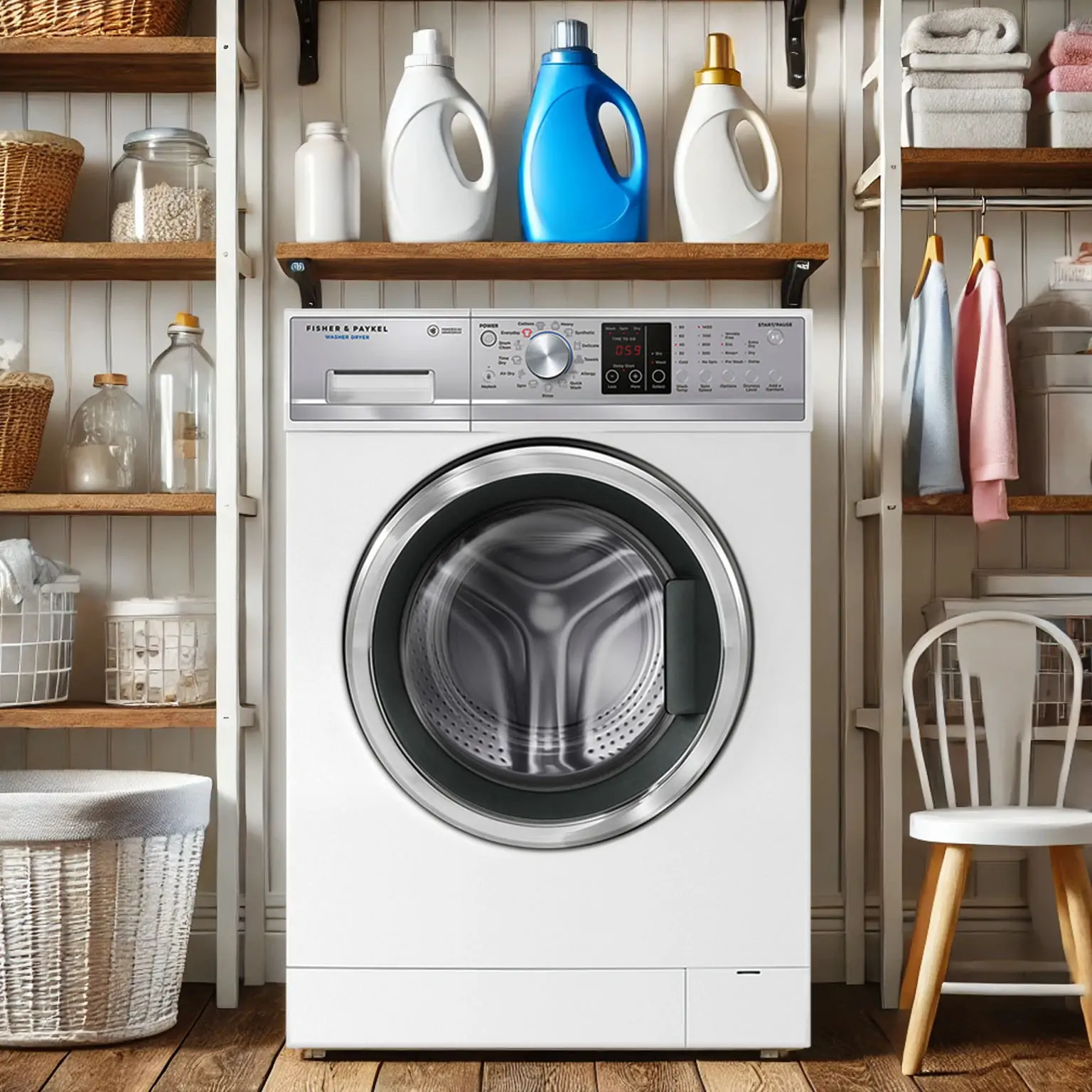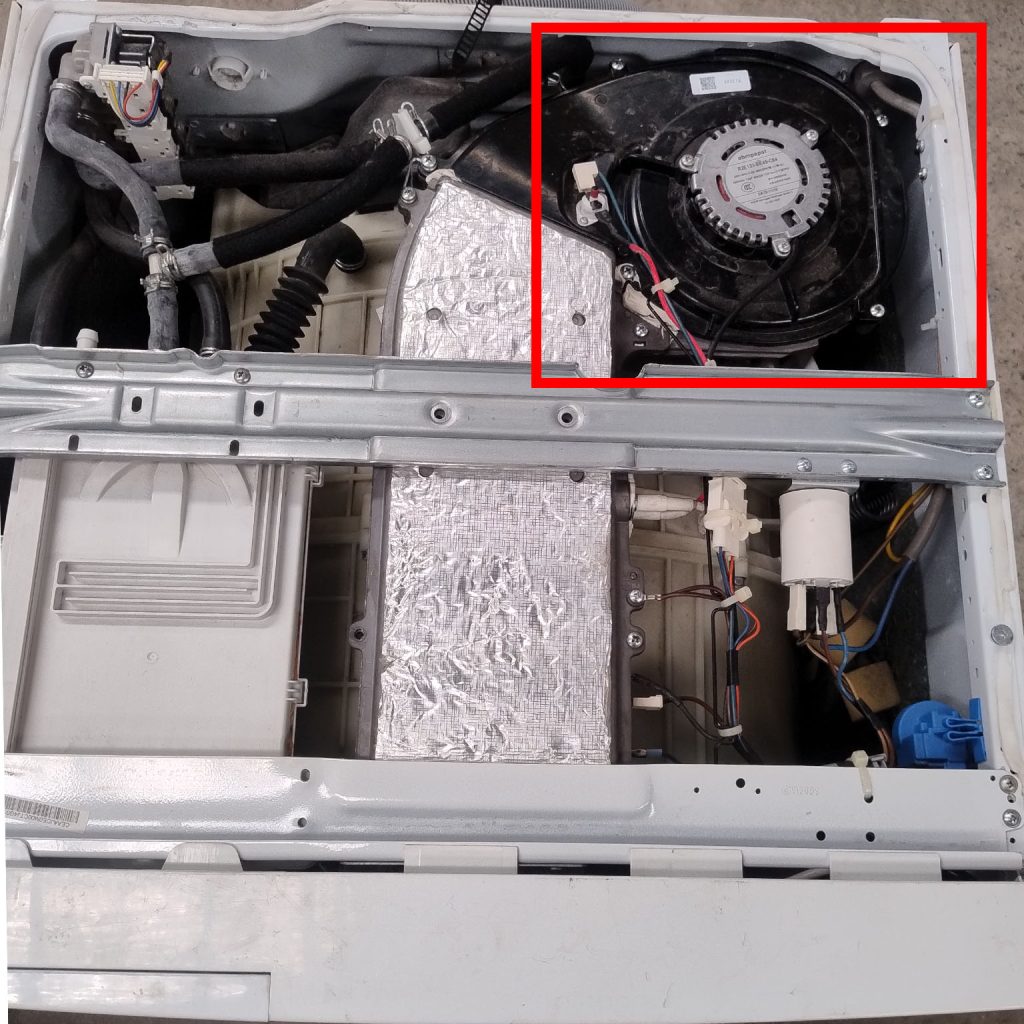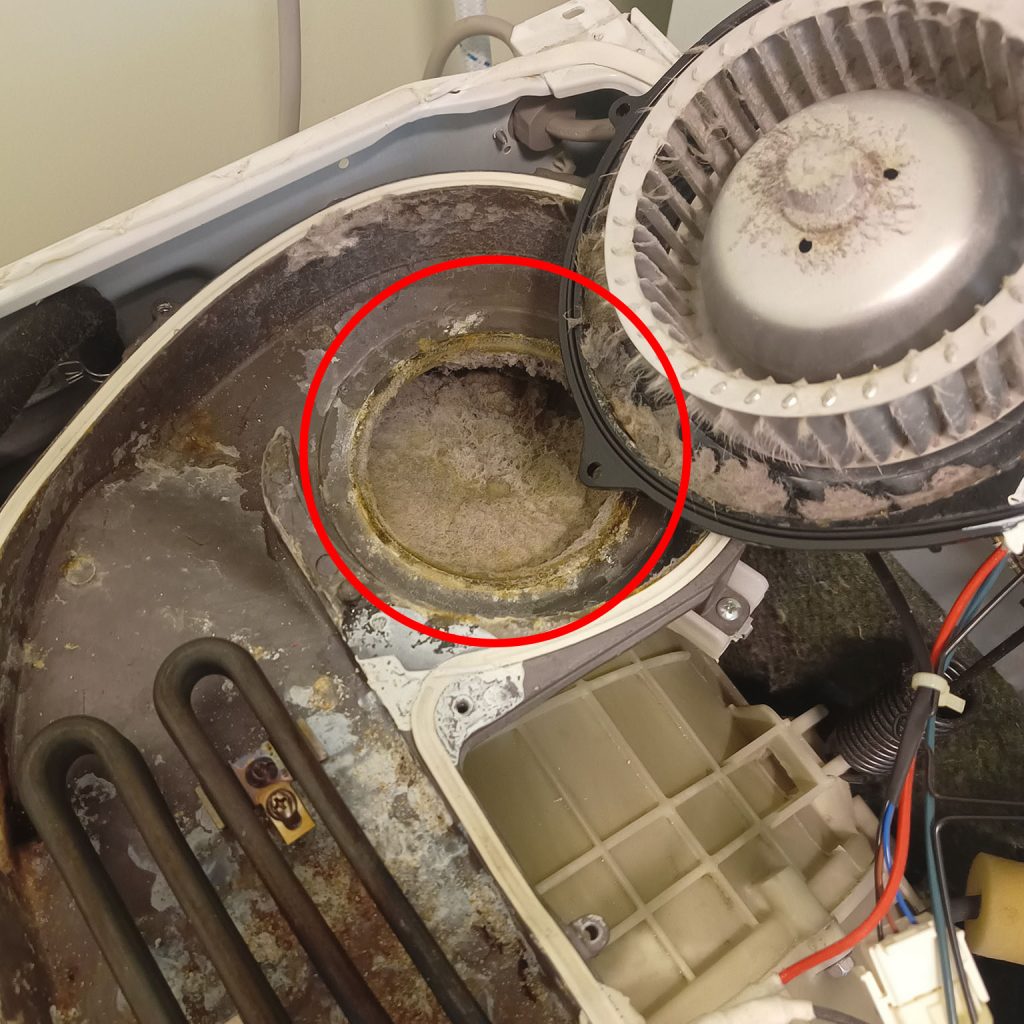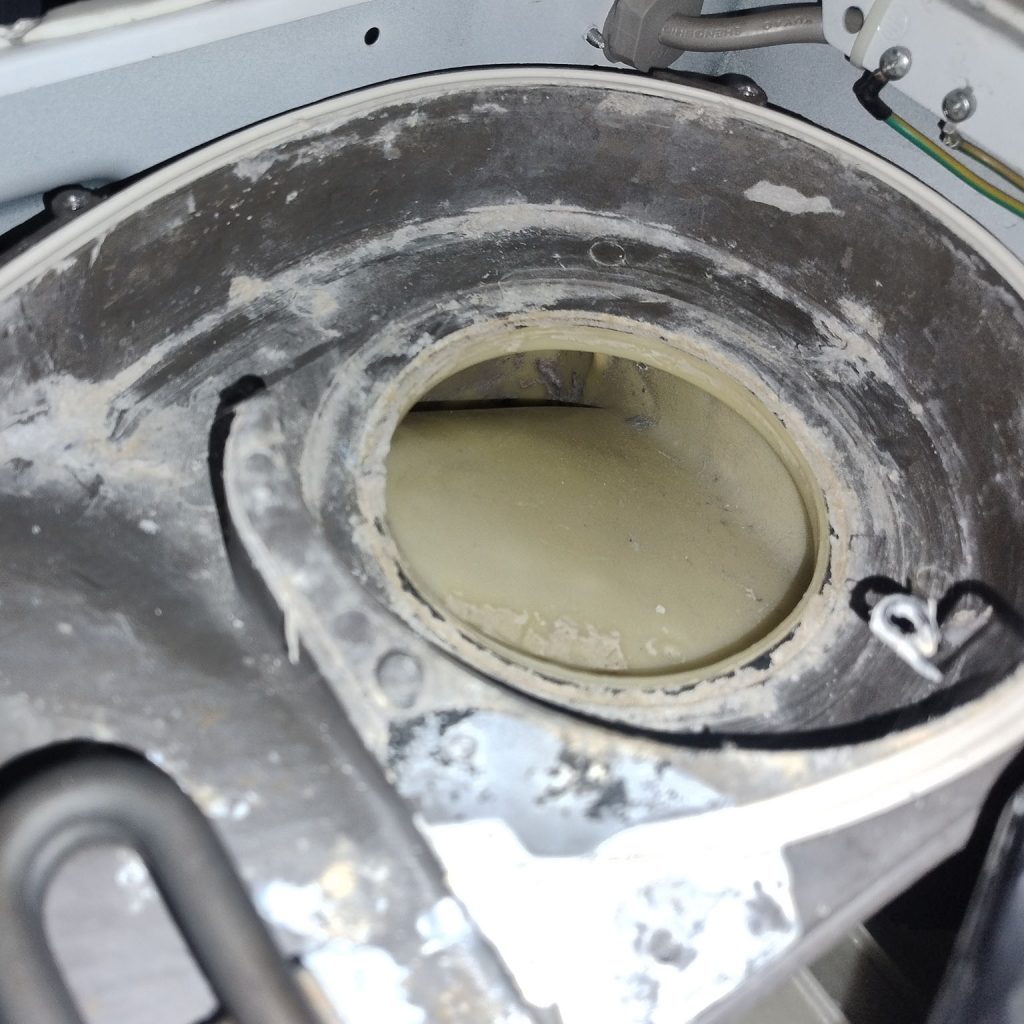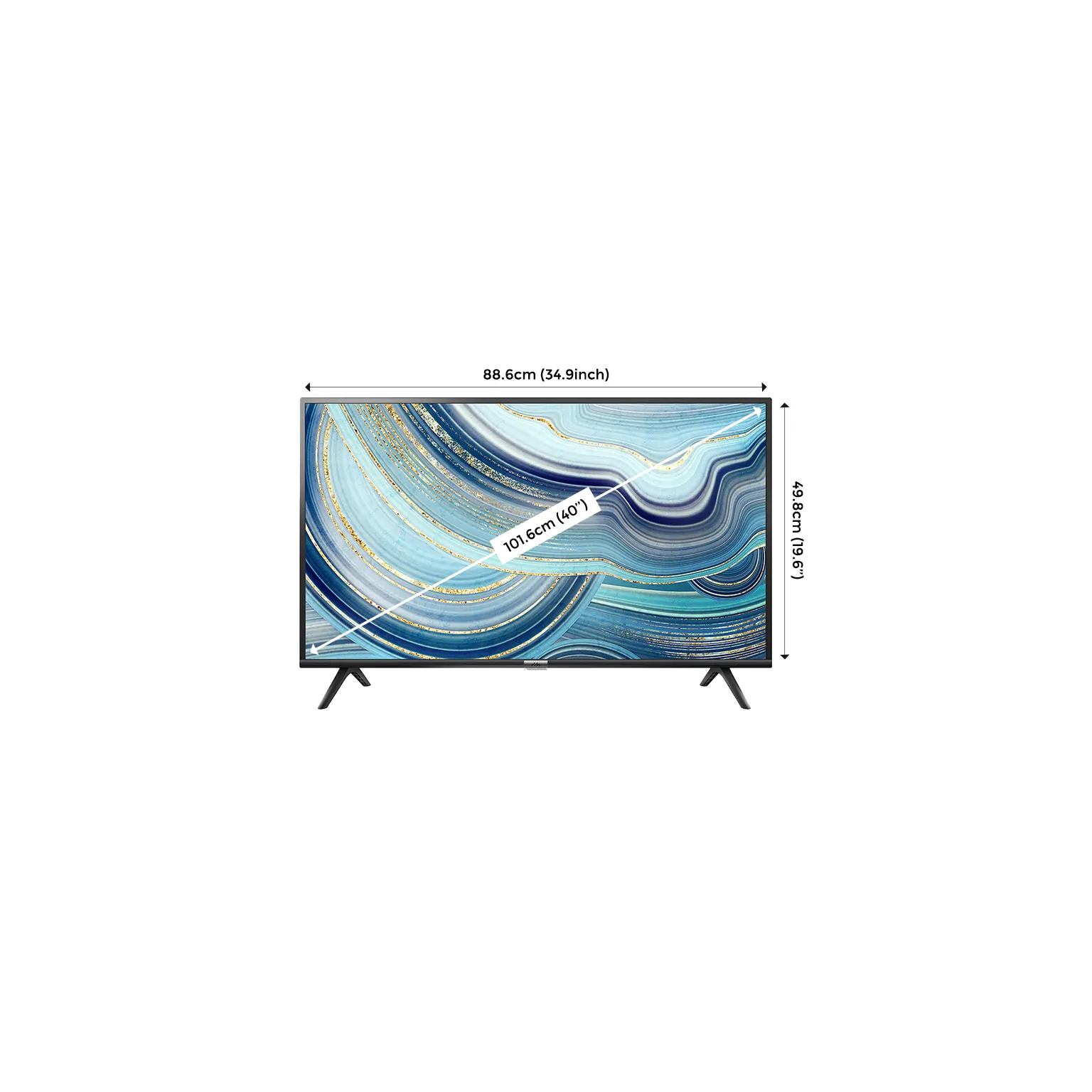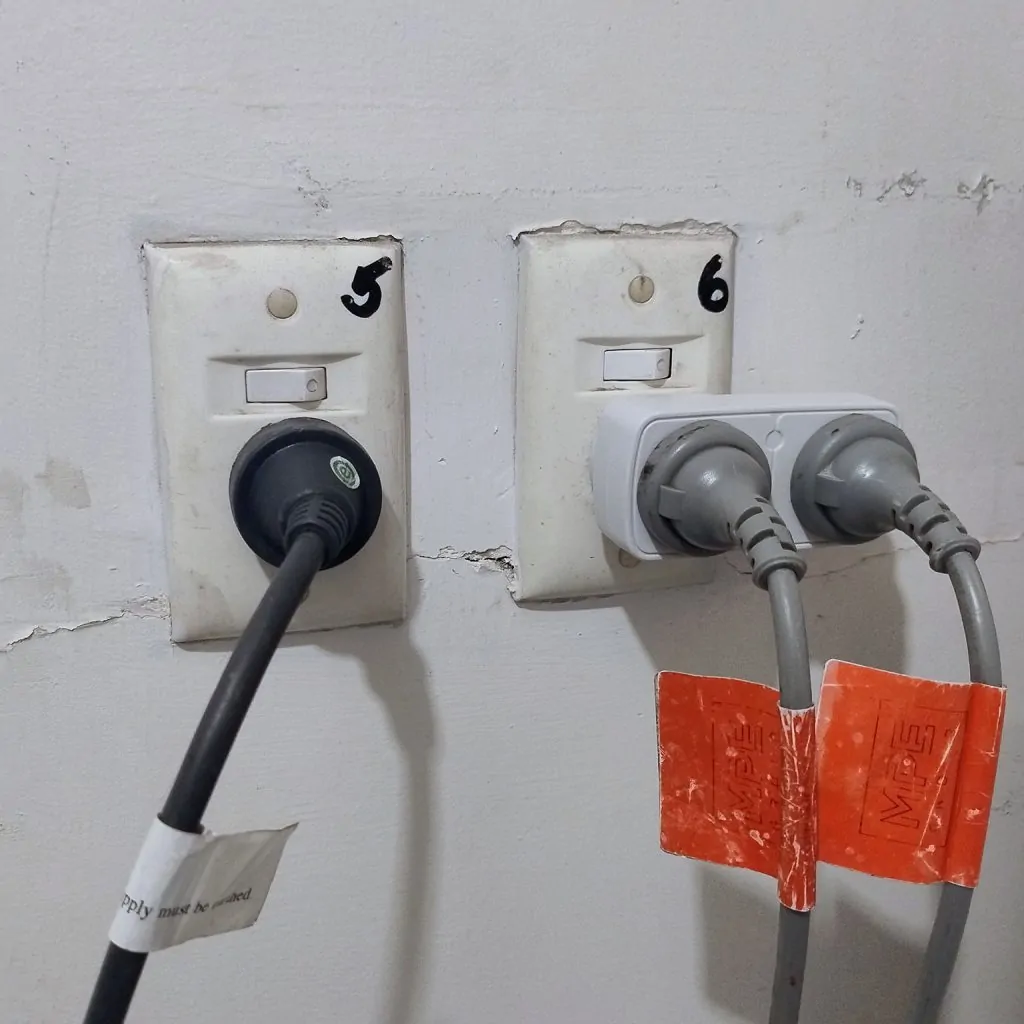
Fridge repair can seem intimidating, but with a little knowledge, many common issues can be diagnosed or even fixed by beginners. Tasks like clearing a blocked drain or replacing door seals are often within the reach of a homeowner, but more complex problems, such as compressor or refrigerant issues, usually require a licensed technician. In Australia, expect to pay around $150 – $200 AUD for a call out, with additional costs for parts and labour.
This guide is designed to help you assess common fridge repair issues. While it offers basic solutions, it’s important to know your limits and recognise when to call in a professional, fridges are more complex than they may seem. Fridge repair is nuanced, and this guide won’t cover every possible problem or model. It’s a starting point – a practical resource to help you diagnose and understand potential issues. Treat it as a guide, to help triage the situation and make informed decisions about whether it is even worth having the fridge repaired, and to get an idea of what it might cost depending on the symptoms.

Table of Contents
Are Parts Even Available?
Before committing to a service call one of the first things you should do is identify the potential issue using this guide, and then check whether parts are available for your fridge model. If your fridge is older or from a budget brand, finding replacement parts may be difficult, and you don’t want to waste $150 AUD or more on a service call if parts can’t be sourced. To find your fridge’s model number, check the following common locations:
- Inside the fridge: Look for a sticker on the side walls, the door jamb or near the door seal.
- Back of the fridge: Some models have the information plate on the exterior, typically near the top back.
- User manual: The model number is usually listed in the fridge’s user manual.
Once you have the model number, search online or contact a parts supplier to see if parts are still available. This simple step can save you from investing time and money into a fridge you cannot get parts for.
Fridge Not Cooling Properly but Freezer is OK
One of the most common fridge repair issues is when your fridge is too warm, but your freezer is working fine. Every rookie out there diagnoses this incorrectly as the fridge needing regassing, which is completely incorrect. This typically points to an airflow issue between the freezer and fridge compartments. Most fridges rely on a fan to circulate cold air from the freezer to the fridge. If this fan is faulty or the ducts from the freezer to the fridge are blocked by ice due to a defrost fault, the fridge won’t cool properly.
Check that the Door Hasn’t Been Left Open in the Past few Weeks
If the door has been open for an extended period (say 30 minutes or more continuously), the cooling system may have overworked, leading to ice buildup. Often this is caused by the fridge or freezer being overloaded and the door can’t close properly. It looks shut – but its actually ajar by just the tiniest bit. The ice buildup this causes can block airflow, causing the fridge section to stop cooling effectively. Additionally, a fridge that has been running for a few years without a manual defrost may also have some ice buildup in the ducts in positions where it cannot be melted away through the defrost cycle.
Check the Door Seals
Bad seals on either the fridge or freezer door have the same effect as leaving the doors open. Really you’re just checking that there are no huge gaps in the seal. If the seals looks alright they probably are. On most modern models bad seals are just push fit and easily replaced by the DIYer. Peel the old ones off, and push the new ones on.
Manually Defrost the Fridge
If you suspect an ice buildup, unplug the fridge with doors open for 24 hours to let the ice melt out. Place a towel on the floor in front of the fridge and expect it to leak water. Manually defrosting the fridge will rule out airflow blockages caused by ice. If manually defrosting your fridge solves your issue, monitor the situation over the next month or so. If the fridge starts to become too warm again, but the freezer is ok, its likely that there is an issue with your defrost system, most likely the defrost heater.
Check if the Fan is Running
I’m going to give you some unhelpful advice here, and for that I’m sorry. Determining whether a fan is faulty is more complicated than you think. Listening alone isn’t a reliable way to check if the fan is working. Try pressing the door’s light switch (if it has one) to simulate the door closing. If you still can’t hear the fan, it may need replacement. However, be wary that fridges often have more than one fan, and even if you can hear a fan, it doesn’t mean you don’t have a bad fan. Also remember that the fan doesn’t run constantly, so check in at a few different times of the day. Having completed these steps will not really help you one way or the other. If you’ve tried the other steps and suspect the fan isn’t working its best to contact a professional at this point.
Faulty Thermostat, Control Board, or Thermistor (Temperature Sensor)
While rare, sometimes the systems that measure the temperature of the fridge can go out of range. Typically though, when these systems fail they tend to fail completely. Determining whether a fridge has an out of range temperature measurement system requires a professional diagnosis.
Estimated Fridge Repair Cost
- Manual defrost: No cost, just time!
- Fan replacement: $250–$350
- Defrost system repair: $250-$350
- Repair out of range temperature measurement system: $300 – $400
Fridge and Freezer Both Not Cooling Properly
If neither your fridge nor your freezer is cooling in any significant way, it is usually a more serious issue that could involve several systems, and is usually repairable but more likely to require a professional diagnosis. Lets go through the potential faults from most to least fixable.
Thermostat or Controller and Thermistors
Any fridge or freezer, particularly cheaper or older models, will be controlled by a thermostat. The thermostat controls the compressor, turning it on and off to maintain the right temperature. Most standalone fridges, bar fridges, and chest freezers are also typically controlled by a thermostat, but this isn’t always the case.
Most modern fridge freezer models use a controller (PCB or main board) along with several thermistors (temperature sensors) to manage their cooling system. If these components fail, the compressor won’t receive the correct signals to run, causing the fridge to stop cooling.
A fridge will either have a thermostat or a controller (including thermistors) never both. Determining whether your fridge has a thermostat or a controller can be tricky for a novice, and even then, diagnosis can be dangerous to the uninitiated as you have to work with wiring. Better to have a pro make a diagnosis.
Compressor Switches (Overload Relay and Starter Relay)
The overload relay and starter relay, typically located on the left side of the compressor beneath a protective cover, are essential for starting and running the compressor. If these switches fail, the compressor won’t start, and the fridge won’t cool. This problem is often misdiagnosed as requiring a fridge regas or being a failed compressor, but it’s usually a simple electrical issue with the compressor switches. Misdiagnosing it can lead to unnecessary costs for fridge regassing, which won’t fix the underlying problem.
For beginners, replacing these switches is a relatively straightforward task, though there is some electrical risk involved, as you’ll be handling exposed wires. If you’re comfortable with technical tasks, you might give it a try, making sure the fridge is unplugged. Removing the protective cover can be tricky, often requiring the removal of a clip or carefully flicking it off with a flathead screwdriver. Once the cover is off, you can access the switches.
The rectangular one is typically the compressor start switch, which should measure less than 1,000 ohms of resistance with a multimeter. There’s bad advice circulating that suggests you can shake these switches and, if they rattle, they’re faulty. That’s not true—some switches just rattle by design. The only reliable way to test is with a multimeter. The overload switch, usually cylindrical or triangular, should measure less than 10 ohms at room temperature.
For novices, replacing these switches might be the only repair they feel comfortable attempting, and even then, only if they are confident in their technical skills.
Compressor Issues
The compressor is the heart of your fridge, and what makes the cold. It can usually be found at the rear of the fridge at the bottom in the middle. Fridge compressors are very reliable and it is unlikely that the compressor is faulty unless the fridge is very old and other causes have been ruled out. There are no tests a novice can perform to determine if the compressor is faulty. It’s possible to check if the compressor is electrically good with a multimeter and limited technical experience, but compressors tend to fail mechanically. If you are sure that the compressor switches are good, and you can hear an audible click about 5-20 seconds after you turn the fridge on at the wall after having left it off for 30 minutes, then the compressor is likely faulty. There’s a million ways you can screw that test up without experience so take the test results with a grain of salt.
Refrigerant Loss
If your fridge has a refrigerant (gas) leak, it won’t be able to cool properly. A common misconception is that fridges “use up” their gas over time—this isn’t true. A fridge only loses gas if there’s a leak in the system. Novices and even professionals alike often jump to the conclusion that the fridge needs regassing before considering more likely causes. Refrigerant leaks often occur due to rough handling during a move, though they can also happen from corrosion over time.
To determine if your fridge has a refrigerant leak, here’s a simple test: Turn the fridge off at the wall for an hour, then turn it back on and locate the compressor at the bottom middle back. You may have to remove a cover. Be careful as there is a risk of electrical shock in this area and when touching the compressor. Place the back of your hand against the compressor—you should feel some vibration. If there’s no vibration, the issue likely isn’t related to refrigerant loss. However, if you feel vibration but the fridge isn’t cooling, or barely cooling it’s possible you need a fridge regas or there’s a blockage in the system. Either way, these issues usually aren’t worth repairing.
While some believe that fridge regassing is as simple as adding more refrigerant, it won’t solve the issue unless the leak is fixed first. Regassing a fridge is costly, but finding and repairing the leak is even more expensive. Even after the leak is repaired and the fridge is regassed, the compressor has often been damaged in subtle difficult to detect ways, from running without enough refrigerant. This can cause it to run less efficiently, or noisier, than it did before, and often ends in a significantly shorter compressor lifespan.
What’s more, the reduced efficiency of the compressor results in the system needing a different refrigerant charge to what is labelled on the appliance. This often leads to overcharging. Overcharging causes icing on the evaporator line near the compressor, which often results in water leaking onto the floor as the compressor cycles on and off. Worse, icing can allow liquid refrigerant to enter the compressor, often causing its failure. The only way to really work this out is with several visits from a technician, each time removing a small amount of refrigerant. In the real world though its not addressed, most of the time it won’t even be noticed until the compressor packs up or you notice your nice timber floor has been ruined by the water.
If your fridge needs regassing, carefully consider whether it’s worth repairing, as it will never be as reliable as it once was. Diagnosing and repairing refrigerant issues requires professional help and specialist tools – often beyond that of an appliance repairer, you need an appliance repairer with a refrigerant handling license, and that’s gonna cost you extra. The first guy the repair shop sends is unlikely to have this qualification, so it’s usually a two trip job as well.
Blockage in the Refrigeration System
Blockages can develop in a fridge’s refrigeration system, particularly if it’s turned on too quickly after being moved, especially if it has been laid down. The compressor contains oil, some of which circulates through the refrigeration system. Over time, corrosion can cause tiny bits of rust and debris to mix with the oil, which typically settles in the compressor’s sump. However, if a rust particle finds its way into a critical part of the system – such as the capillary tube – it can block the refrigerant flow, preventing the fridge from cooling.
Remember to always wait at least 24 hours before plugging a fridge back in after moving it, regardless of how you moved it. This allows the refrigerant to settle and gives any water that spilt onto electrical components like the main controller, time to evaporate also reducing the risk of short circuiting important components.
Estimated Fridge Repair Cost
- Repair Faulty Thermostat, Controller or Thermistors: $200 – $500
- Compressor replacement: $700–$1,000
- Fridge regassing cost no leak repair: $200–$300
- Fridge regassing cost with leak repair: $400–$700
- Repair blocked system: $400–$700
Noisy Fridge: What Could Be Causing It?
If your fridge is making unusual noises like rattling, buzzing, or vibrating, it could be due to several factors, including fan issues, compressor problems, or even external causes. A noisy fridge can be concerning, but it’s not always a sign of serious trouble.
Vibrating Shelves
If the shelves inside your fridge are rattling, it’s often because they have no weight on them. Try putting something on all the shelves if there are empty shelves, and see if the problem persists.
Ice buildup in the Freezer:
If the fan blades are hitting an ice buildup in the freezer, it can create noise. Typically this points to a problem with the defrost system as discussed above. A manual defrost will help clear the ice and stop the noise, but if the symptoms return you likely have a faulty defrost system. Sometimes the fan blades hitting the ice can cause them to snap or break the fan mounting points too, which can cause the noise to remain or even worsen after a manual defrost is performed.
Compressor noise
If the noise is coming from the bottom of the fridge, it might be the compressor or the condenser fan (if there is one which there usually isn’t). A noisy fridge compressor often continues working for many years without causing immediate issues. Sometimes, a noisy fridge compressor is caused by something touching the compressor, like a misplaced pencil or pen that has fallen behind the fridge and got jammed between the compressor and the bottom of the fridge.
Is a Noisy Fridge Dangerous?
In most cases, a noisy fridge isn’t dangerous, but if you rely on that fridge to keep things cold its worth knowing why its noisy and if it’s at risk of failing. A noisy fridge compressor can often run for years without causing problems. However, if the noise bothers you, it might be time to either sell the fridge (while being honest about the noise) or relegate it to the garage as a drinks fridge
Estimated Cost of Fridge Repair
- Repair faulty defrost system $250 – $350
- Fan replacement: $250 – $350
- Compressor replacement: $700 – $1,000
Fridge Leaking Water
If you have a fridge dripping water we’ve written a comprehensive guide here on how to deal with it. If you have a fridge dripping water you should definetly check out the full guide but we’ve added some basic instructions below as well. Most of the time the issue is caused by an improperly levelled fridge or a blocked drain. It can usually be repaired DIY, but often requires that you defrost the fridge for 24 hours with the doors open to clear all ice blockages.
Improperly Levelled Fridge
The fridge should have a tiny bit of a lean back on it. Most fridges have two adjustable legs at the front to make this happen. If the fridge leans forwards even slightly or is dead level, water generated during the defrost process can come forward and leak from the front door. This is more likely to be an issue on models with an overhead freezer as opposed to upside down models.
A Blocked Drain
For overhead freezer models check in the bottom back of the freezer, behind the back panel if you can, if there is an ice build up in there blocking the drain.
A Leaking Water Connection
If you have an ice or water dispenser in your fridge you should also thoroughly check the water lines for any drips.
A Cracked Evaporator Pan
Check that the evaporation pan on the back isn’t cracked. Usually needs a reason to crack, and often gets damaged during home removals.
Estimated Cost of Fridge Repair
- Drain cleaning: $150 – $250
- Water line replacement: $150 – $250
- Evaporator pan replacement: $150 – $200



